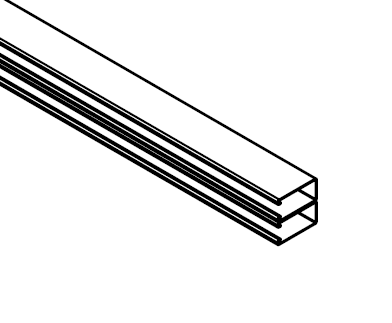Jagpoe
Structural
- Jun 7, 2021
- 2
Hi,
When using back-to-back or side-to-side structural members, what would be the the behaviour/impact if I would not weld them together?
Any reference book/material which discusses this?
Thanks,
 Jagpoe
Jagpoe
When using back-to-back or side-to-side structural members, what would be the the behaviour/impact if I would not weld them together?
Any reference book/material which discusses this?
Thanks,

